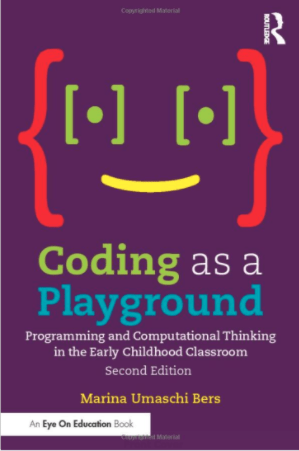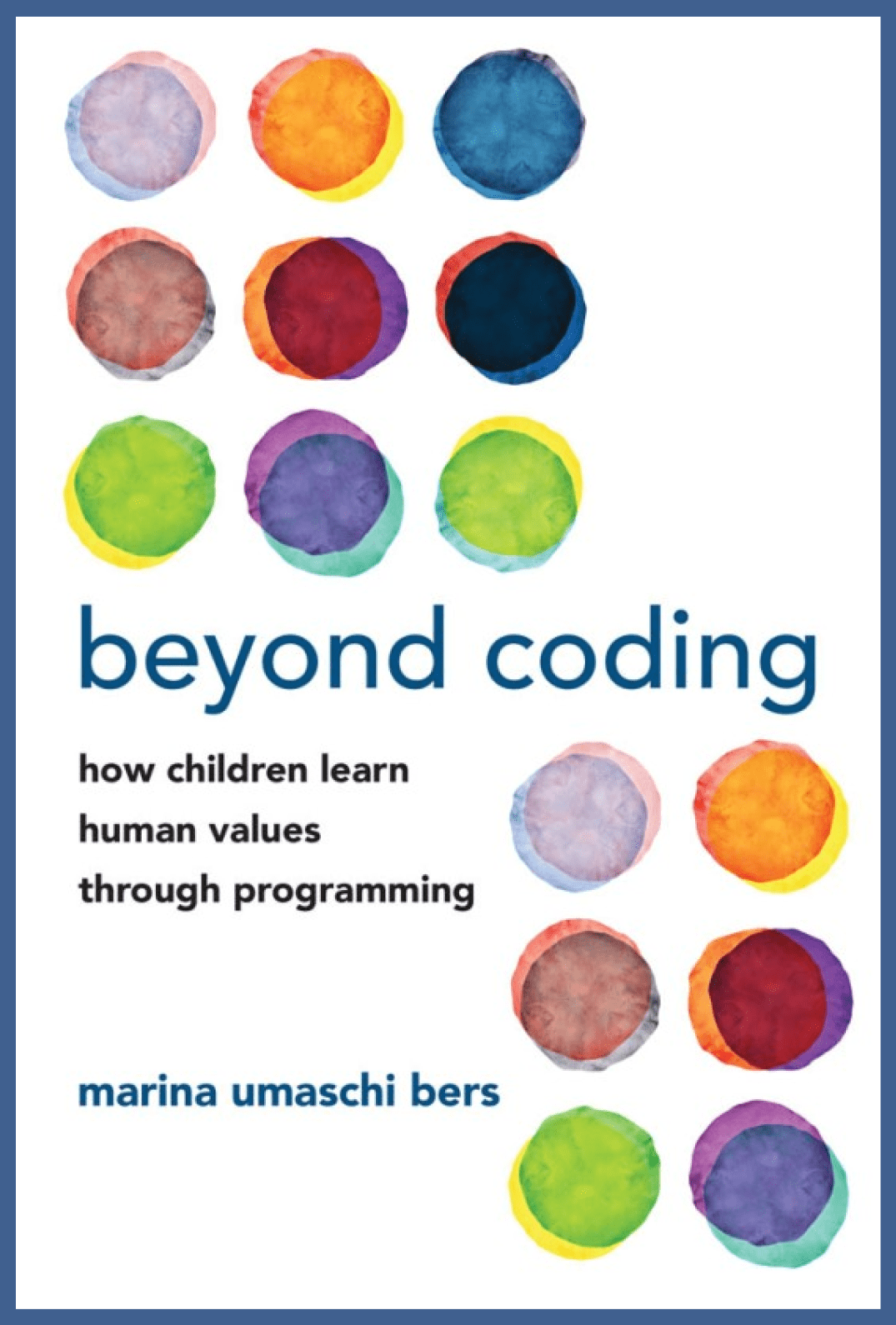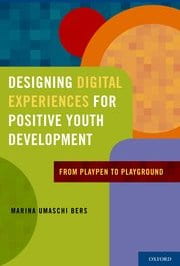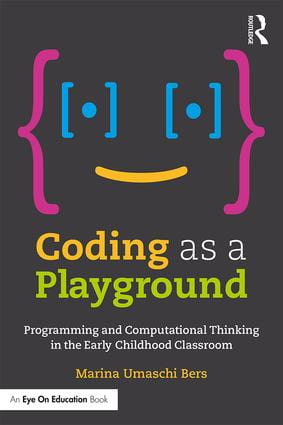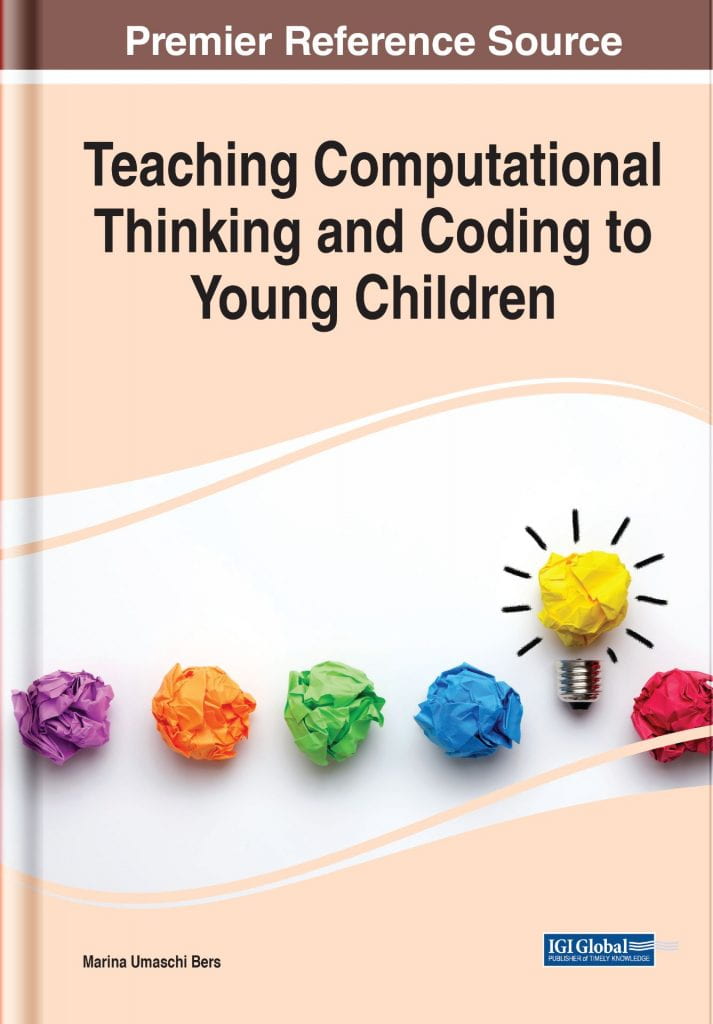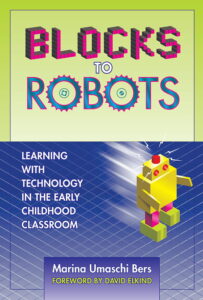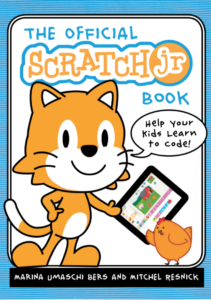When engaging children in a technology-rich learning experience, we welcome and promote play. Through play we can impact all areas of human development: cognitive, socio-emotional, language, moral, physical and even spiritual. The coding playground, in contrast with the coding playpen, promotes opportunities for open-ended exploration, creation of personally meaningful projects, imagination, problem solving, conflict resolution and collaboration. The coding playground engages children in six behaviors that we can also find in the regular playground: content creation, creativity, choices of conduct, communication, collaboration and community building. These six behaviors are further explored in the Positive Technological Development (PTD) framework.
For more information on Coding as a Playground and DevTech’s pedagogies, check out the books written by Prof. Marina Bers:

